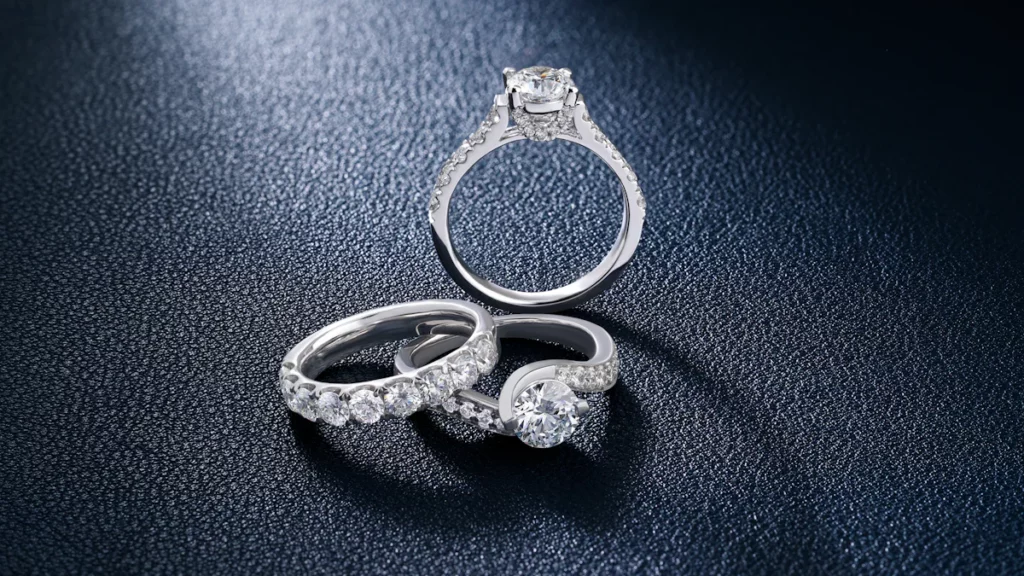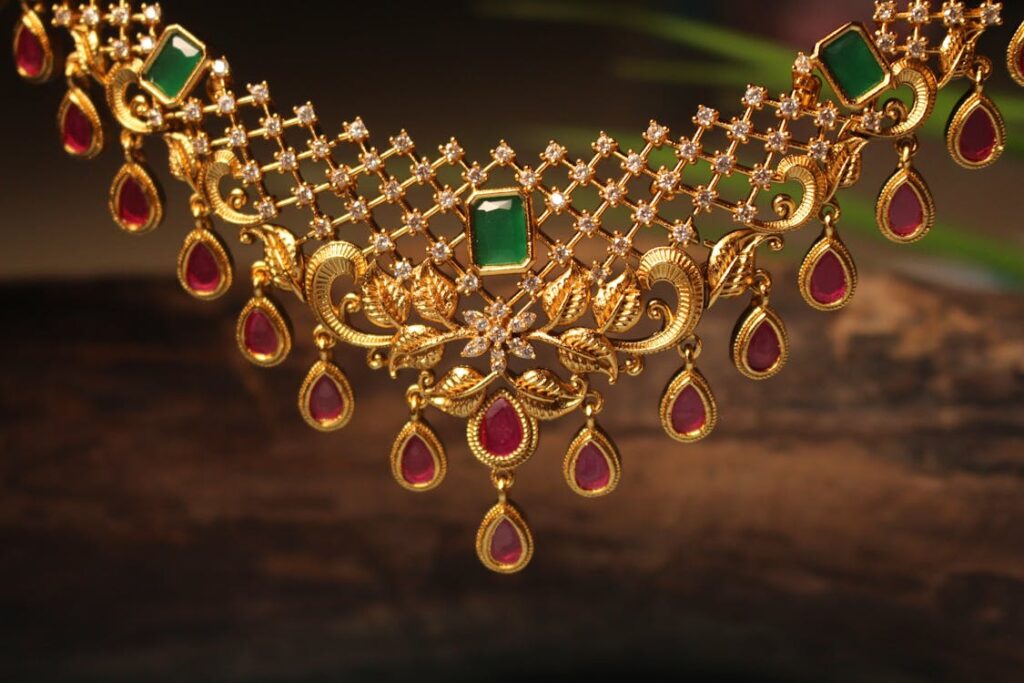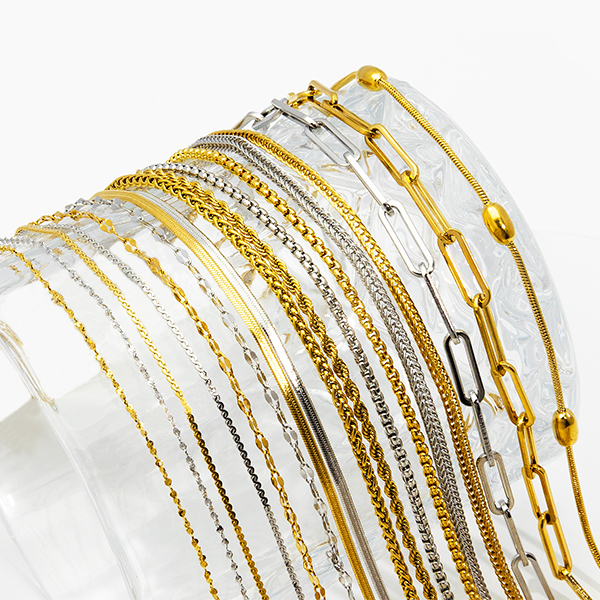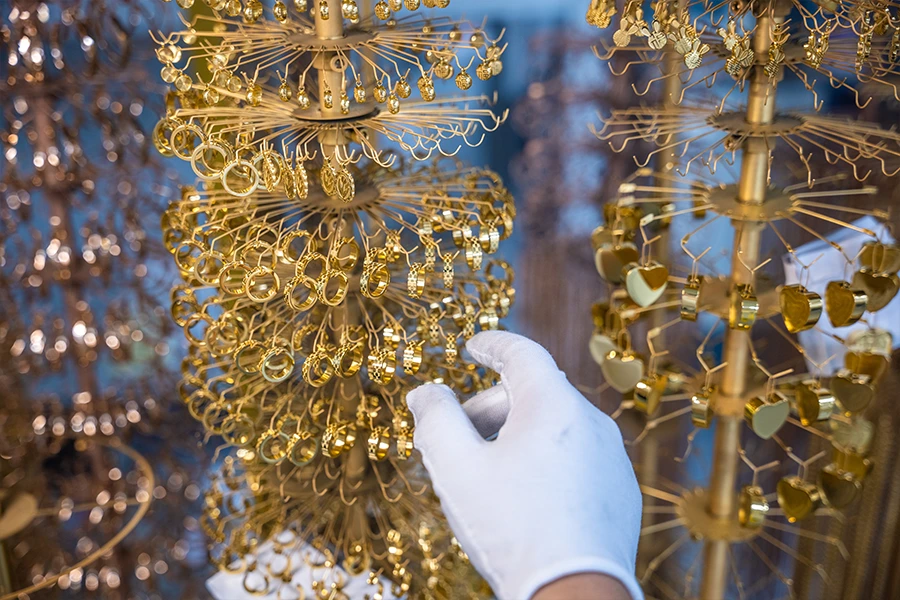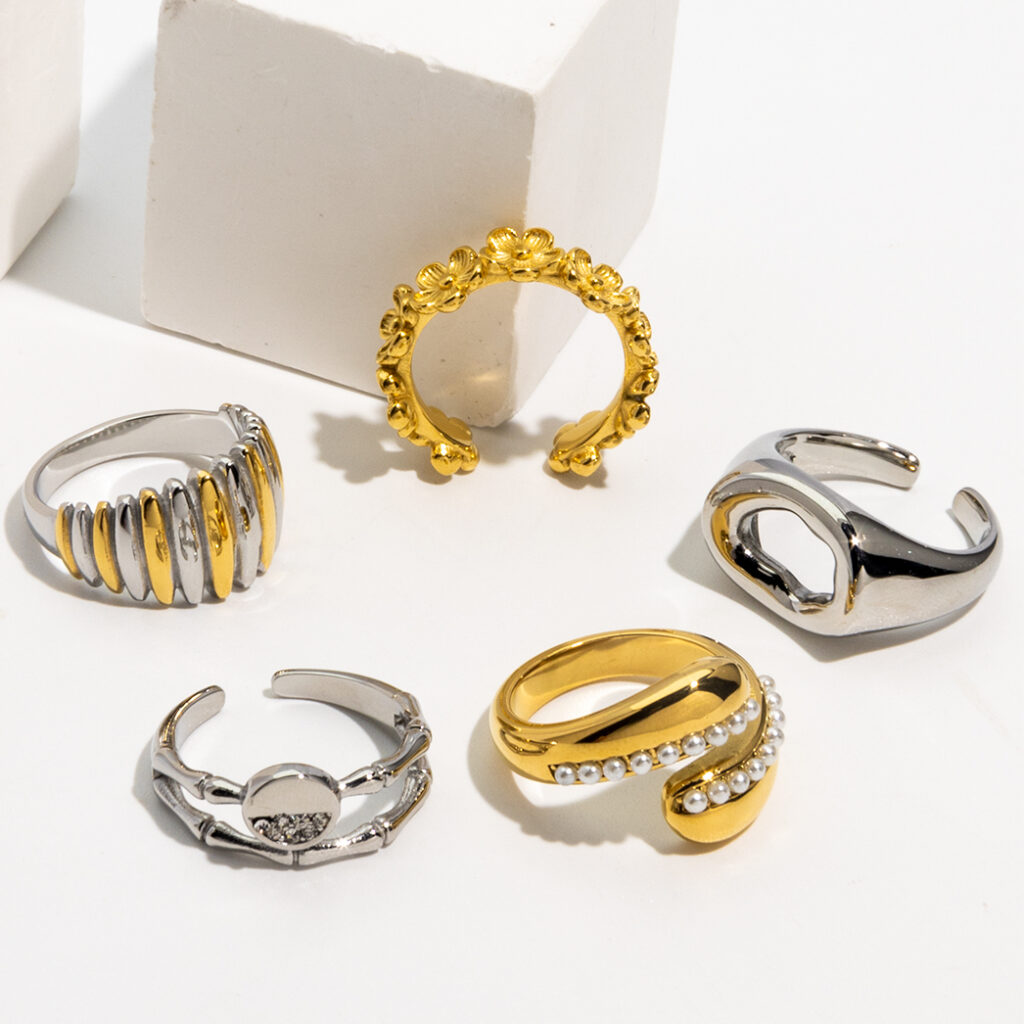The jewelry-making technique holds profound significance which affects the aesthetic appeal and the durability and quality of the final masterpiece. Among the array of techniques, the comparison between 925 sterling silver vs 316L stainless steel stands out as a pivotal decision for artisans and consumers alike. Both materials boast unique properties and characteristics, catering to diverse preferences and needs. Let’s explore the significance of these techniques and unravel the distinctions between them to guide informed decisions in jewelry making.

What Is 925 Sterling Silver?

925 sterling silver, often simply referred to as sterling silver, is a popular choice for crafting fine jewelry due to its inherent beauty and timeless appeal. Sterling silver is an alloy composed of 92.5% pure silver and 7.5% other metals, typically copper. This combination enhances the strength and durability of the silver while preserving its lustrous appearance.
If you want to know more, please look at our detailed introduction “What is 925 Sterling Silver?“.
Pros and Cons of 925 Sterling Silver
Here are the advantages and disadvantages of 925 sterling silver jewelry.
Pros:
- Exudes elegance and sophistication
- Hypoallergenic properties make it suitable for sensitive skin
- Easy to manipulate and craft intricate designs
- Retains its value over time as a precious metal
- Offers a brilliant shine and luxurious feel
Cons:
- Prone to tarnishing and requires regular maintenance
- May cause skin reactions in some individuals due to the presence of other metals
- Slightly softer than other metals, making it susceptible to scratches and dents
- Higher price point compared to alternative materials
What Is 316L Stainless Steel?
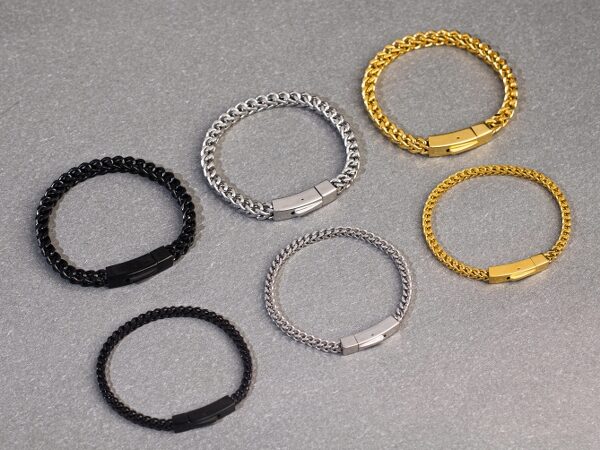
316L stainless steel, often known as surgical stainless steel, is a robust and versatile material widely used in jewelry making. This steel alloy contains chromium, nickel, and molybdenum, which impart exceptional strength, corrosion resistance, and biocompatibility, making it ideal for medical and jewelry applications.
If you want to know more, please look at our detailed introduction “What is 316L Stainless Steel Jewelry?“.
Pros and Cons of 316L Stainless Steel
Here are the advantages and disadvantages of 316L stainless steel jewelry.
Pros:
- Exceptional durability and resistance to corrosion, tarnish, and scratches
- Hypoallergenic properties make it suitable for sensitive skin
- Maintains its luster and shine with minimal maintenance
- More affordable than precious metals like silver and gold
- Versatile and available in various finishes and designs
Cons:
- Less malleable than silver, limiting intricate design possibilities
- Can be heavier than other materials, depending on the design
- May lack the perceived value of precious metals for some consumers
- Requires specialized equipment and techniques for crafting and manipulation
The Differences Between 925 Sterling Silver and 316L Stainless Steel
While 925 sterling silver and 316L stainless steel offer compelling jewelry, they differ significantly in composition, properties, and aesthetic appeal. Understanding these differences enables jewelry artisans and consumers to make informed decisions based on their preferences and requirements. Here’s a comparison chart outlining the key differences between 925 sterling silver and 316L stainless steel:
| Aspect | 925 Sterling Silver | 316L Stainless Steel |
| Composition | The alloy of iron, chromium, nickel, and molybdenum | Classic silver color with a lustrous shine |
| Appearance | Classic silver color with lustrous shine | Bright, silvery-gray color with a polished finish |
| Durability | Softer than stainless steel, prone to scratches and dents | Exceptionally durable, resistant to scratches, tarnish, and corrosion |
| Maintenance | Prone to tarnishing and requires regular polishing and cleaning | Low maintenance, maintains its shine with minimal care |
| Allergenic Properties | May cause skin reactions in some individuals due to other metals | Hypoallergenic, suitable for sensitive skin |
| Cost | Generally more expensive than stainless steel | More affordable compared to sterling silver |
| Design Versatility | Malleable and easily manipulated for intricate designs | Less malleable, limiting intricate design possibilities |
| Weight | Lighter weight compared to stainless steel | Can be heavier depending on the design |
| Market Perception | Perceived as a precious metal, associated with elegance and luxury | Considered a durable and practical choice, may lack the perceived value of precious metals |
925 Sterling Silver vs 316L Stainless Steel: Which Is A Better Jewelry Technique?
ultimately depends on the desired aesthetic, durability, and budget considerations.
- Sterling silver appeals to those seeking classic elegance and intrinsic value.
- Stainless steel caters to individuals who prioritize durability, low maintenance, and affordability.
By evaluating the unique attributes of each material, jewelry makers and consumers can select the most suitable technique to achieve their desired outcome.
Looking for A Stainless Steel Jewelry Supplier?
In the quest for a stainless steel jewelry supplier, meticulous consideration is paramount to ensure the procurement of high-quality jewelry that aligns with your standards and vision. It is imperative to seek out suppliers like Jusnova renowned for their commitment to excellence, offering a diverse range of designs crafted with precision and integrity. They often offer a comprehensive range of stainless steel jewelry services to ensure customer satisfaction:
- Diverse Selection: A wide variety of designs, styles, and finishes to cater to diverse preferences and market demands, including classic, contemporary, and custom designs.
- Consistent Quality: Stringent quality control measures to maintain consistency and precision in every piece, adhering to industry standards and exceeding customer expectations.
- Customization Options: Flexibility to accommodate custom designs, branding, and packaging requirements, allowing for personalized solutions tailored to specific needs.
- Reliable Supply Chain: Efficient logistics and supply chain management to ensure timely delivery and fulfillment, enabling seamless integration into retail operations.
- Exceptional Service: Professional and responsive customer service, offering support, guidance, and assistance throughout the purchasing process, fostering long-term partnerships and trust.
- Competitive Pricing: Competitive pricing structures without compromising on quality, providing value for money, and maximizing profitability for retail partners.
By partnering with the best supplier, retailers can access a comprehensive portfolio of stainless steel jewelry products that resonate with consumers, elevate brand reputation, and drive success in the competitive jewelry market.


